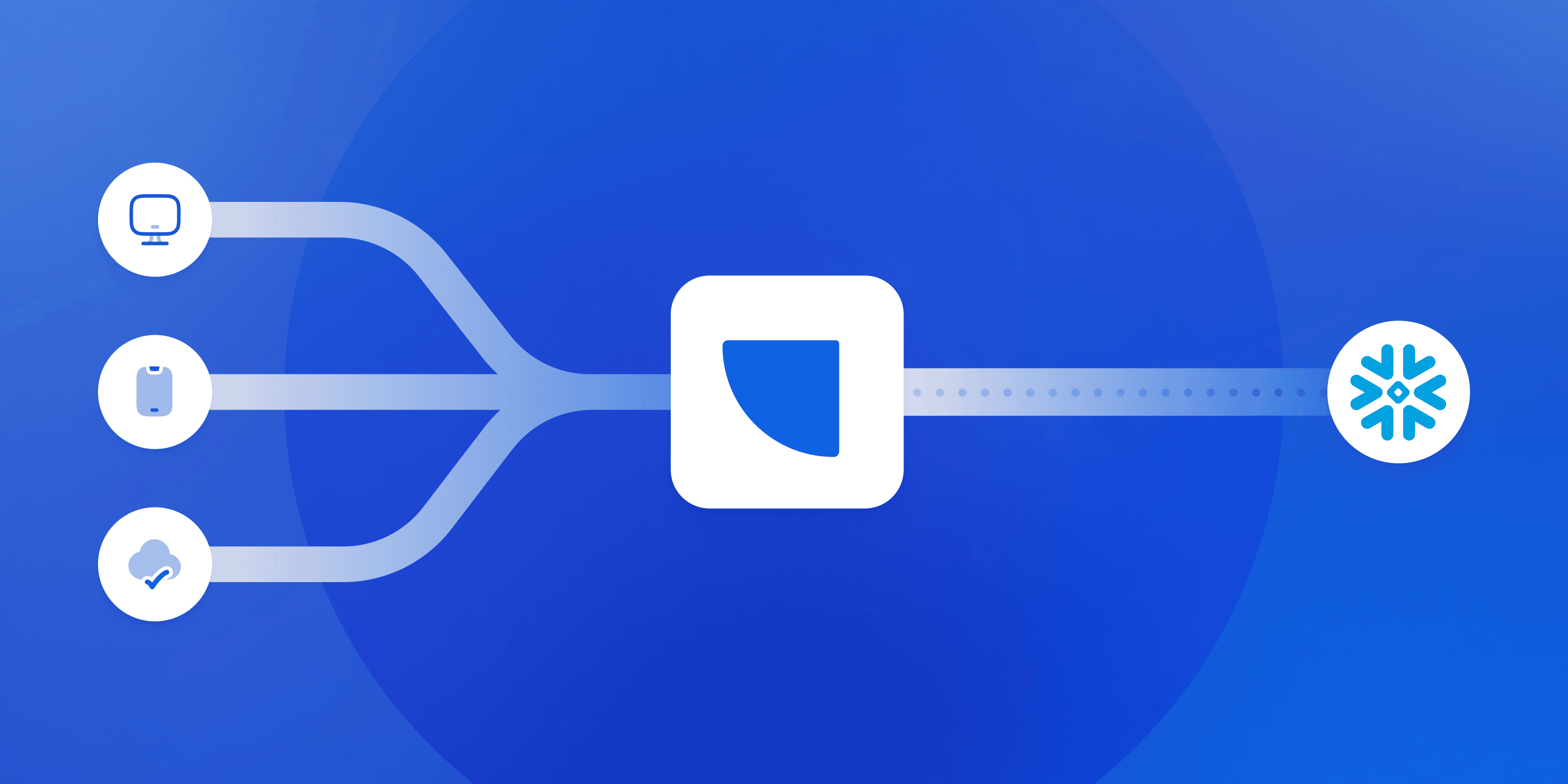Rudderstack blog
News from RudderStack and insights for data teams

Feature launch: Snowflake Streaming integration
Feature launch: Snowflake Streaming integration
With our Snowflake Streaming integration, you can get customer event data from every source into Snowflake faster (and save on your Snowflake bill!). Read the launch blog to learn more.
Unified data platform: How it works & why you need one
by Brooks Patterson
Understanding event data: The foundation of your customer journey
by Danika Rockett
Event streaming: What it is, how it works, and why you should use it
by Brooks Patterson

Data collection crossroads: When to use RudderStack or Google Tag Manager (or both)
In this post, we’ll review three options for how to implement RudderStack with Google Tag Manager, based on experience we’ve gathered across thousands of implementations.

IBM × Confluent: Is real-time streaming cool again?
IBM’s acquisition of Confluent signals a new era for real-time data. AI agents can no longer operate on batch pipelines; they need instant customer context. This blog breaks down why real-time streaming is now essential infrastructure for AI.

Breaking down data bottlenecks: How teams can gain efficiency with proper customer data infrastructure
Understanding customer insights is critical for business growth across all teams. But this growing need for data can create unexpected bottlenecks, particularly when a single person or team becomes the gatekeeper for all data collection requests.

Data integration trends shaping 2025 and beyond
Explore the top data integration trends for 2025, from real-time and composable architectures to privacy-first pipelines and AI-ready data. Learn how RudderStack helps teams build scalable, governed integration stacks.

Data security compliance: A guide for modern data teams
Learn what data security compliance really means, why it matters for modern data teams, and how to design a secure, compliant data stack with centralized pipelines, consent enforcement, and tools like RudderStack.

Modern data governance: Building trust and value through your data infrastructure
Data governance has evolved far beyond basic compliance checkboxes. Today's most successful organizations turn their data into a competitive advantage while maintaining customer trust.

Data silos: Risks, causes, and how to break them down
Data silos occur when different teams or multiple systems store data separately, making it difficult or impossible to combine and analyze comprehensively. Learn why data silos occur, the risks they pose, and how to identify and break them down.

RudderStack vs Snowplow: A comprehensive feature comparison
We examine key differences between these platforms, focusing on the four critical areas where RudderStack delivers superior value. While they some similarities, RudderStack delivers all of the utility of Snowplow with none of the limitations.

Assisted eCommerce: Is this the future of retail?
Assisted eCommerce blends human stylists, AI recommendation engines, and customer data infrastructure to deliver high-conversion shopping sessions. Learn how LTV models and real-time personalization power this new retail model.







